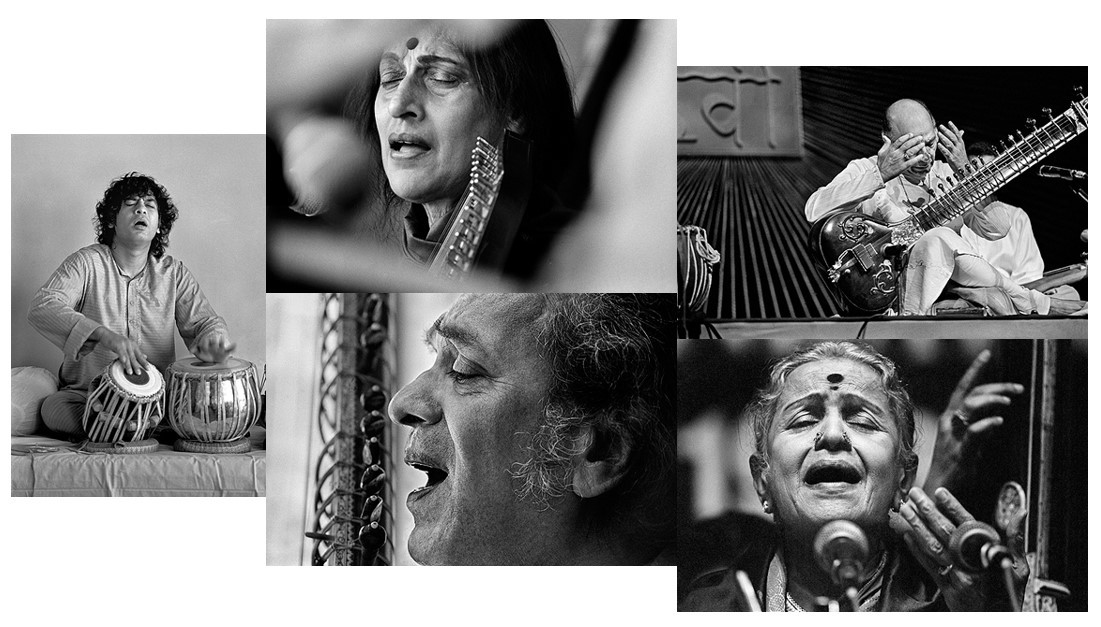
Raghu Rai, Mihaly Csikszentmihalyi, and Me
My colleague Sandip always claimed that in our school, the students are learners and we, the teachers, are paid learners. But I pay through irredeemable, elated pain.
My learners are artists, innovators, writers, sportspeople, policymakers, and legal minds in making. I am privy to their sparks of curiosity on a daily basis. Acutely aware of their highs and lows. I straddle my role as a catalyst and mediator for their germane ideas. Many times, we co-discover something new at the end of the day. Sometimes we let certain ideas take more time to come to life. We discuss the 'what ifs' and 'why nots', debating their possibilities and ephemerality. I am that lucky 'ultrasonologist' who checks the health of an idea during its gestation period. I also have a self-devouring joyous pain.
My learners constantly offer an opportunity to refine my assumptions, question my frameworks, and sublime my biases. Their impassioned interactions, probing questions, and heated reactions help me self-reflect more critically and crystallize my pedagogic strategies for the next batch. Of course, they are not aware of that. As collateral damage to the process of teaching and learning, I have that enviable pain.
It is a tussle between the Mihaly Csikszentmihalyi and Raghu Rai in my head.

"In his seminal work, Flow: The Psychology of Optimal Experience, Csíkszentmihályi outlined his theory that people are happiest when they are in a state of flow—a state of concentration or complete absorption with the activity at hand and the situation. It is a state in which people are so involved in an activity that nothing else seems to matter. This is a feeling everyone has at times, characterized by a feeling of great absorption, engagement, fulfillment, and skill—and during which temporal concerns (time, food, ego-self, etc.) are typically ignored". My learners and I are in the Mihaly mode.
Then, there is the legendary photographer Raghu Rai. He only starts shooting when the people are comfortable with his presence (and often forget about his presence), this is the reason why in most of his pictures, people are turning away rather than looking into the camera. In his own words:
"There is so much that excites me about photography: moments of learning, of discovery, and the challenge of the ability to capture. You experience euphoria when you see something meaningful, but you cannot take it home. When you photograph it, you take it with you in another way. I mainly take pictures of people, of life, of human energy. The mysteries of being in certain places at certain moments are what matters. These moments touch you and you wonder..."
In my classroom, like many teachers in every other empowered space where the teacher and learners have agency, I have several moments of collective learning, of co-discovery, of euphoric experiences of something meaningful. But the Mihaly mode in me stops activating the Raghu Rai mode! All I am left with is to take that first-hand classroom experience into the staff room and relive it. At best, I capture it in my daily log at the end of the day. In the parent-teacher meeting several months down the lane, there will always be significant spatiotemporal loss.
It is an affordable loss and a lucky pain I live with. Lucky because I am the only catalyst, mediator, the Devil's advocate for their ideas, and co-discoverer, for I have photographed that experience through my heart's eye in silence.
The greatest art, as brilliantly put by Rai, is one which restores silence instead of disrupting it.
Archana Neginhal, The Blue Mountains School, Park Sung Joon, Sandip Pandya